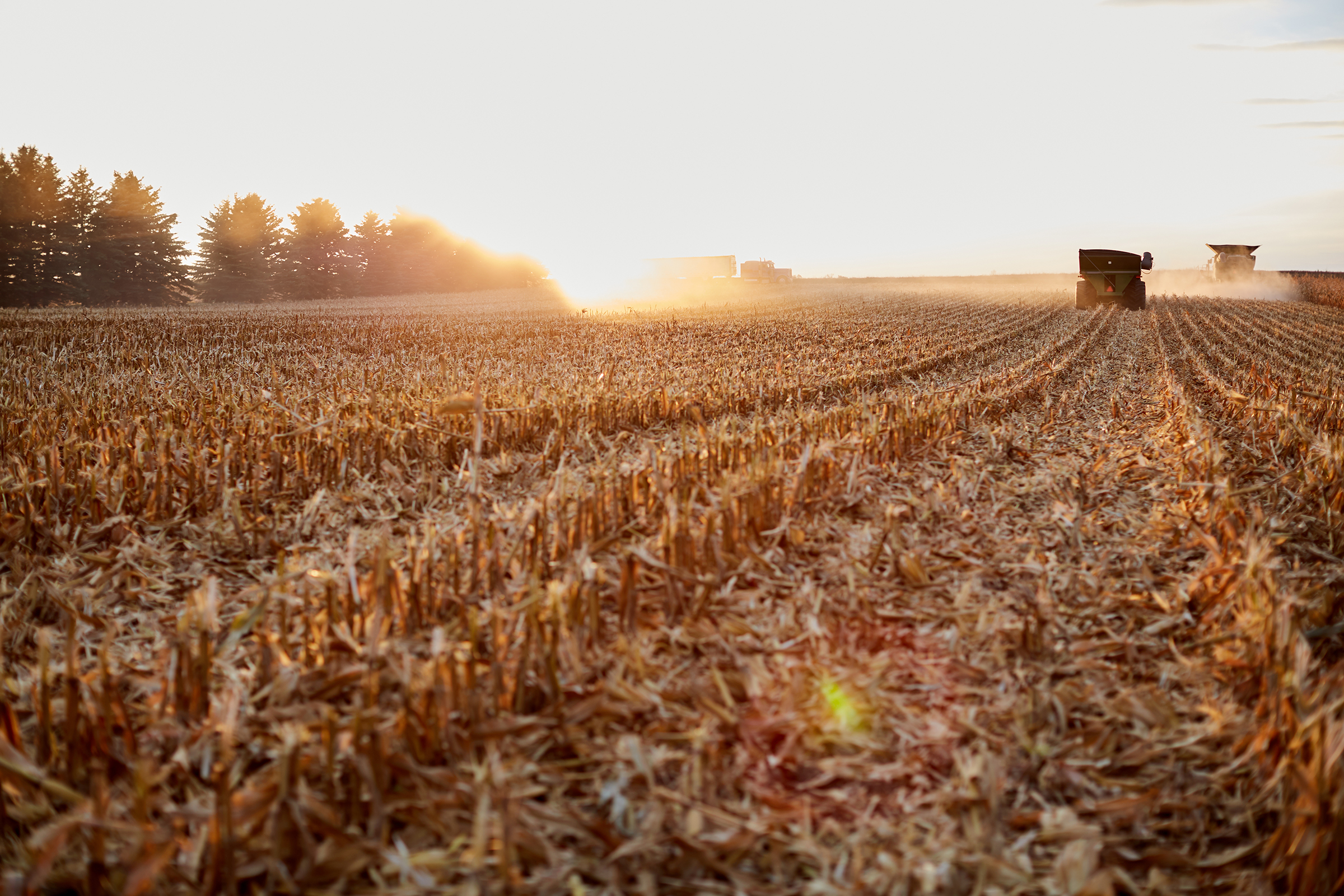Harvest Season Is Here: Busy times call for increased focus on safety and health
Posted on by
September is traditionally the start of harvest season across the country, and while these are busy times for our farmers, farmworkers, and farm families, it’s a good reminder that safety and health are always the priorities. Agricultural workers have some of the highest rates of occupational injury and deaths, and also are at elevated risk of deaths by suicide. Agriculture sector workers also have high levels of economic hardship compared to other sectors. The National Institute for Occupational Safety and Health (NIOSH) has a long history of research and prevention efforts to protect agricultural workers. If you live in a farming community or serve rural communities, here are some NIOSH research-based examples of how we all can help agricultural workers stay safe and healthy during the harvest season.
Slow down around farm vehicles and use vehicle safety devices. The leading cause of death for farmers and farmworkers continues to be transportation incidents. Harvest season includes increased farm machinery on rural roads, just when the days are getting shorter. If you’re driving in farm country, be on the lookout for slow-moving vehicles like tractors and combines, especially early in the morning and late in the evening when visibility may be limited. While farm vehicles should have reflective slow-moving vehicle signs and lighting, this is not always the case. Likewise, farm vehicles may need to make turns, so before passing a slow-moving vehicle, make sure drivers can see you and wave you on before attempting to pass. If you drive a tractor, remember to wear your seatbelt, install or engage a rollover protection structure, and make sure all lights and safety equipment are working.
Make sure everyone rides offroad safely. All-terrain vehicles (ATVs) and utility vehicles (UTVs), also called four-wheelers and side-by-sides (SxS) respectively, have been used for work and recreation on farms and in rural places for decades. Over time, the engine size and weight of these vehicles have grown considerably. Faster speeds and heavier vehicles make safe riding practices all the more important. There are a few key ways you can make ATV and UTV riding safer: wear proper safety gear along with seatbelts on UTVs, avoid riding alone and tell others where you’re going, never allow others to ride with you unless your ATV is designed for a passenger, know the area and weather conditions, and avoid riding on roads because ATV/UTV tires cannot perform as well on paved surfaces.
Check in on your farming family, friends, and neighbors. Farming is stressful, but harvest season is next level. Farmers are outdoors for long hours in every sort of weather. Farming also involves unexpected breakdowns, market fluctuations, family dynamics, social isolation, fatigue, and a host of stressors which can take its toll. Risk factors like high stress, job insecurity, and unpredictable/demanding schedules can lead to higher risk of chronic disease and depression. This is especially the case in harvest season when farmers may be placed in make-or-break situations if a last-minute problem affects the harvest. At the same time, many agricultural workers do not have the same access to helpful approaches to protect worker wellbeing such as paid sick leave, support systems for work-life balance, and time-flexible work. Agricultural workers are also at higher risk for injury because they often work alone.
Farming comes with risks at every age. Most farms differ from other workplaces because multiple generations of a family live and work on the farm. This creates both benefits and additional hazards for farm families. Farm families often do not have the same access to childcare, and this can lead to additional stress for parents. Likewise, children working on family farms need age and development-appropriate tasks to decrease health and safety risks. Finally, as farmers often work well past the average retirement age, additional considerations must be taken to ensure older farmers can still live and work safely on farms.
Visit NIOSH’s Agriculture Safety and Health Program website for more information about our efforts to reduce injury, illness, and deaths for the nation’s farmers, farm workers, and farm families.
This blog is a part of NIOSH’s recognition of National Farm Safety and Health Week, highlighting the importance of working together to prevent injuries and illnesses among agricultural workers. Read the Presidential Proclamation here.
KC Elliott, MA, MPH, is an Epidemiologist in the NIOSH Office of Agriculture Safety and Health.
Posted on by

